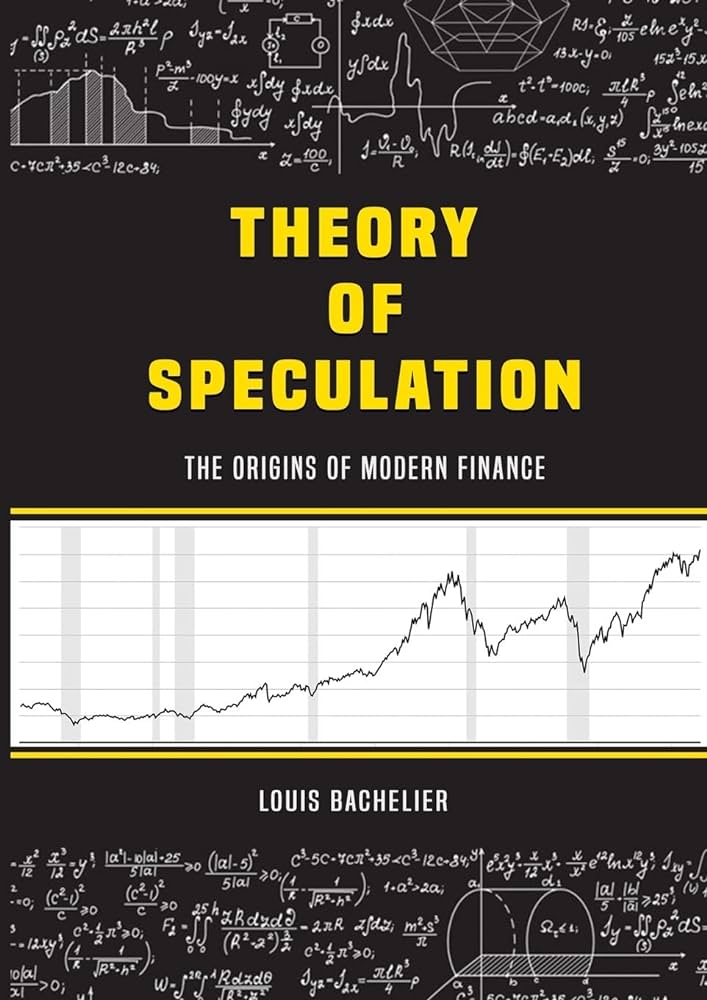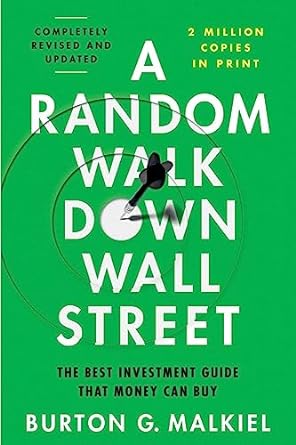A brief History of Random Walk Theory
The Random Walk Theory, as it applies to the stock market, has a storied history that dates back to the early 20th century. While the theory is intimately associated with the Efficient Market Hypothesis developed later, its roots are distinct and can be traced to the pioneering work of scholars who sought to understand the unpredictable nature of stock price movements.
Early Studies:
- The earliest inklings of the Random Walk Theory appeared in the works of Jules Regnault, a French broker, who in 1863 suggested that stock prices were random and unpredictable.
- Later, in 1900, Louis Bachelier, a French mathematician, in his doctoral thesis “The Theory of Speculation” formally analyzed the stock and options markets using stochastic processes, laying the groundwork for what would later become known as Brownian Motion in physical sciences and the Random Walk in financial markets.
The thesis is written by a Frenchman more than 100 years ago, Louis Bachelier.
He studied the stock market in Paris in 1900, and the thesis committee included the leading mathematicians of the time, Poincare among them. Bachelier’s work was not understood or appreciated at the time; but later it turned out to be extraordinarily influential.
The book has both the French original in full, as well as an excellent translation. The first half of the book is commentary.
At the time 1900, the work was undervalued and largely ignored. This despite its originality.
Several reasons: Bachelier’s ideas were ahead of their time. Further, his style was different from norms in mathematics, regarding axioms, definitions, and proofs. The subject, probability and stochastic processes were not well thought of then.
What we now call Brownian motion was rediscovered by Albert Einstein 5 years later (for completely different reasons). And the circle of ideas grew with work of N. Wiener, Kolmogorv, Levy, Ito, Doob, Black, Scholes and others; … who won glory and prizes. Sadly, Bachelier spent his life in obscurity.
In the 1960ties, Bachelier’s thesis came to the attention of the MIT economist, Paul Samuelson, and inspired a new science of mathematical finance, Black-Scholes, Merton, Markowitz…
The book begins with an Intro by Samuelson, and it contains excellent accounts of both the history, the trends, and a sketch of main ideas; all beautifully presented by the two authors M Davies and A Etheridge. It is a valuable historic document, and at the same time delightful reading. Review by Palle ET Jorgensen, December 1213.
Further Contributions:
- In the 1950s and 1960s, the work of Maurice Kendall and Paul Samuelson brought more rigorous statistical and mathematical examinations to the concept, supporting the idea that stock price movements were random and therefore, unpredictable.
- Samuelson, in particular, provided significant academic heft to the theory with his 1965 paper, which used empirical data to show that stock market prices are indeed random and “resemble a random walk”.
Formalization and Popularization:
- The term “random walk” was popularized in the financial context by the 1973 book “A Random Walk Down Wall Street” by Burton Malkiel, which argued that stock prices exhibit signs of a random walk, rendering investment strategies based on past movements no more effective than mere chance.
- Malkiel’s work was influenced by and in turn influenced the Efficient Market Hypothesis, as it offered an accessible interpretation of the idea that prices in an efficient market should be unpredictable and follow a random path.
Integration with Efficient Market Hypothesis:
As the theory of market efficiency took hold, the Random Walk Theory became a key element in explaining why active trading strategies often fail to outperform the market consistently after accounting for transaction costs and taxes.
Current Relevance:
Today, the Random Walk Theory continues to inform the development of various financial models and is a vital part of the debate on market behavior. It underpins many risk management and portfolio construction strategies, including the widespread adoption of passive index investing.



